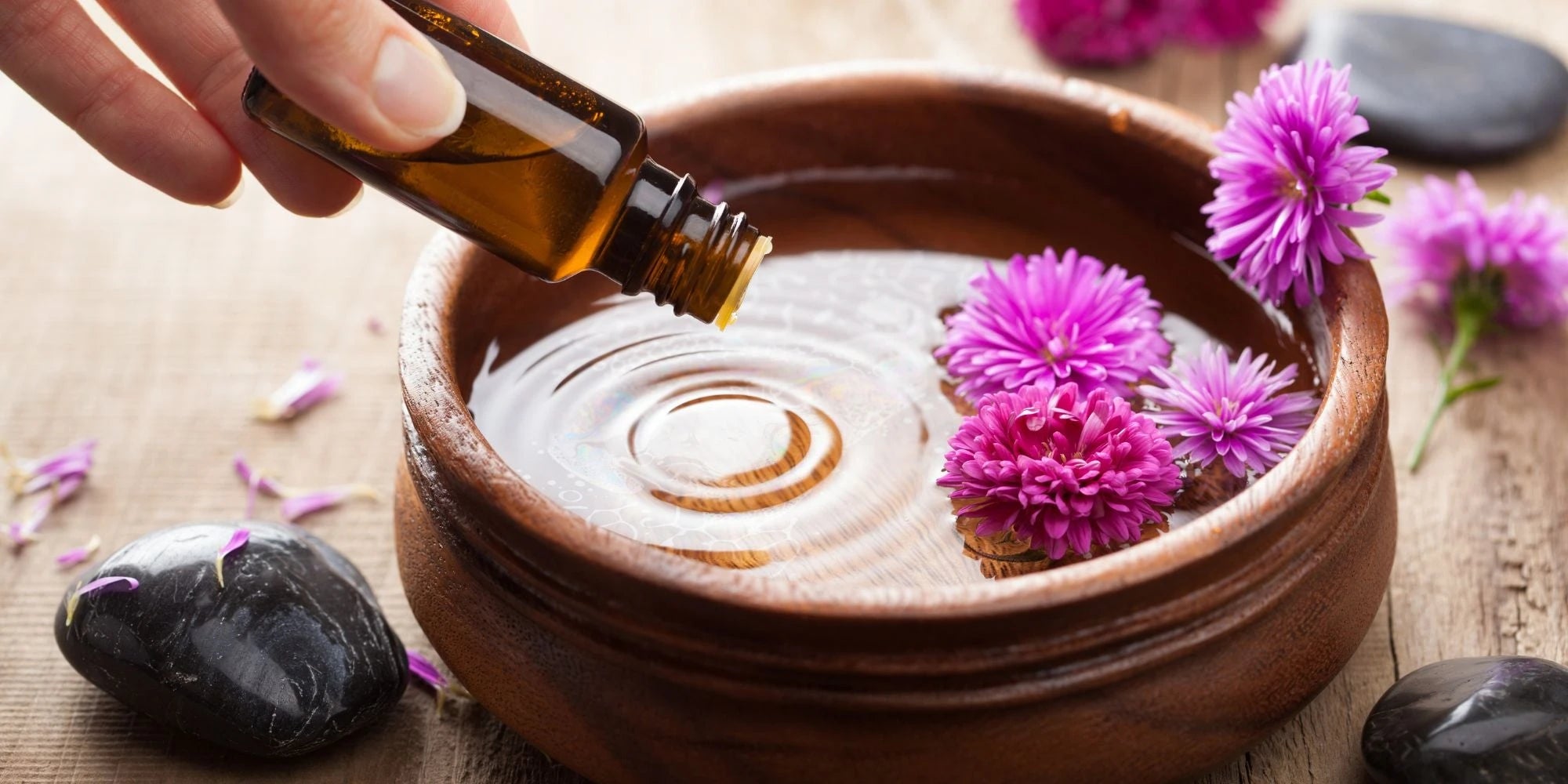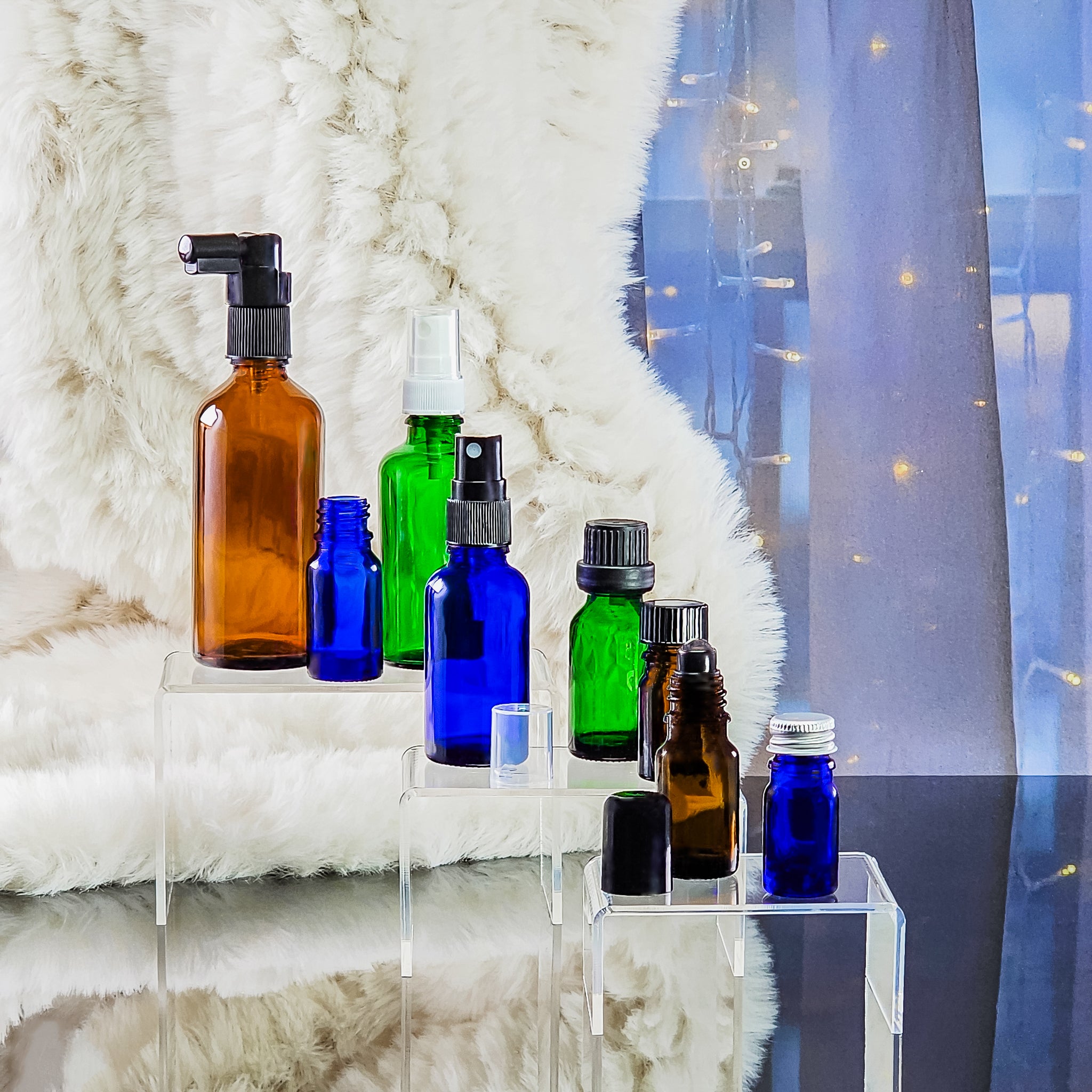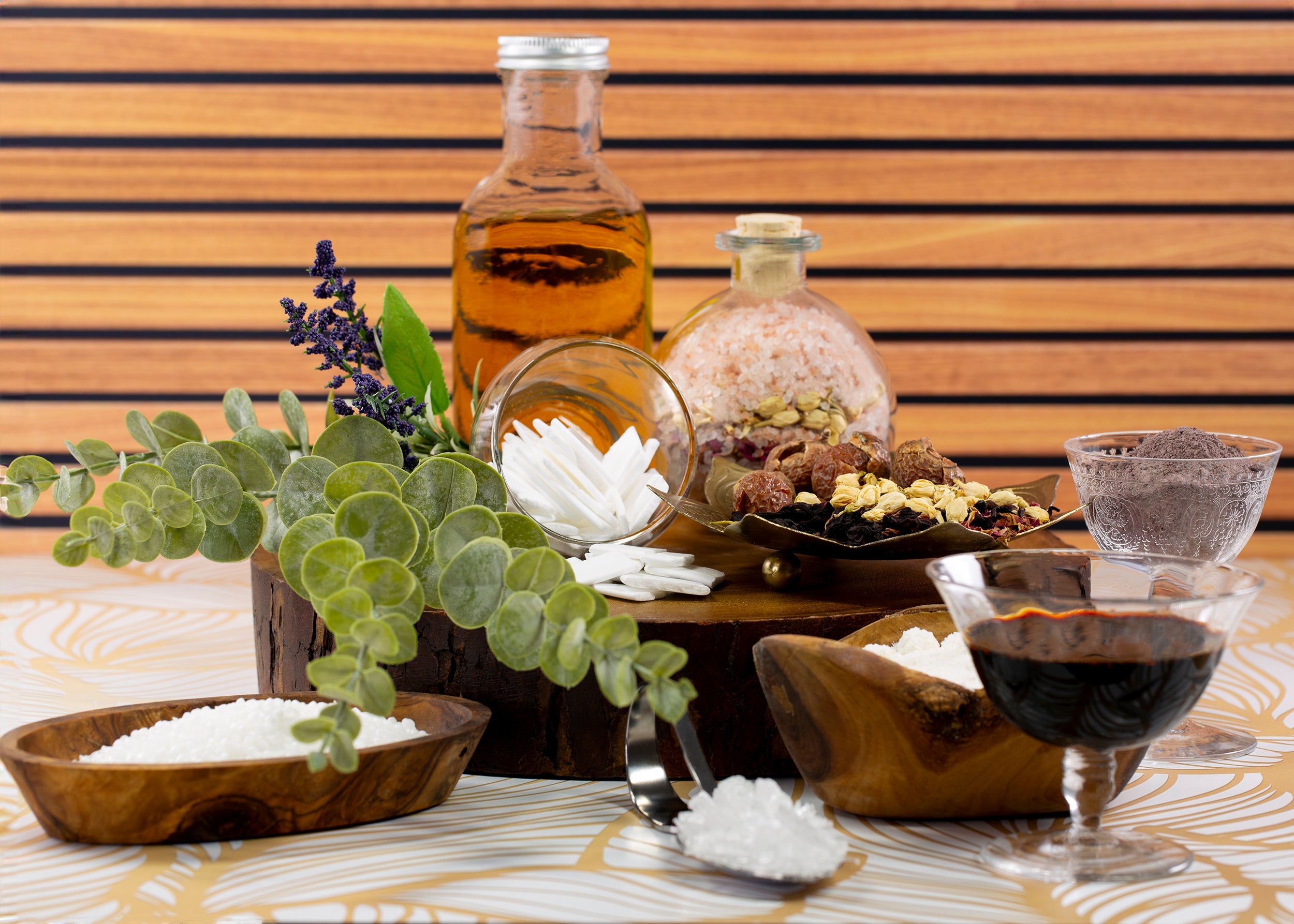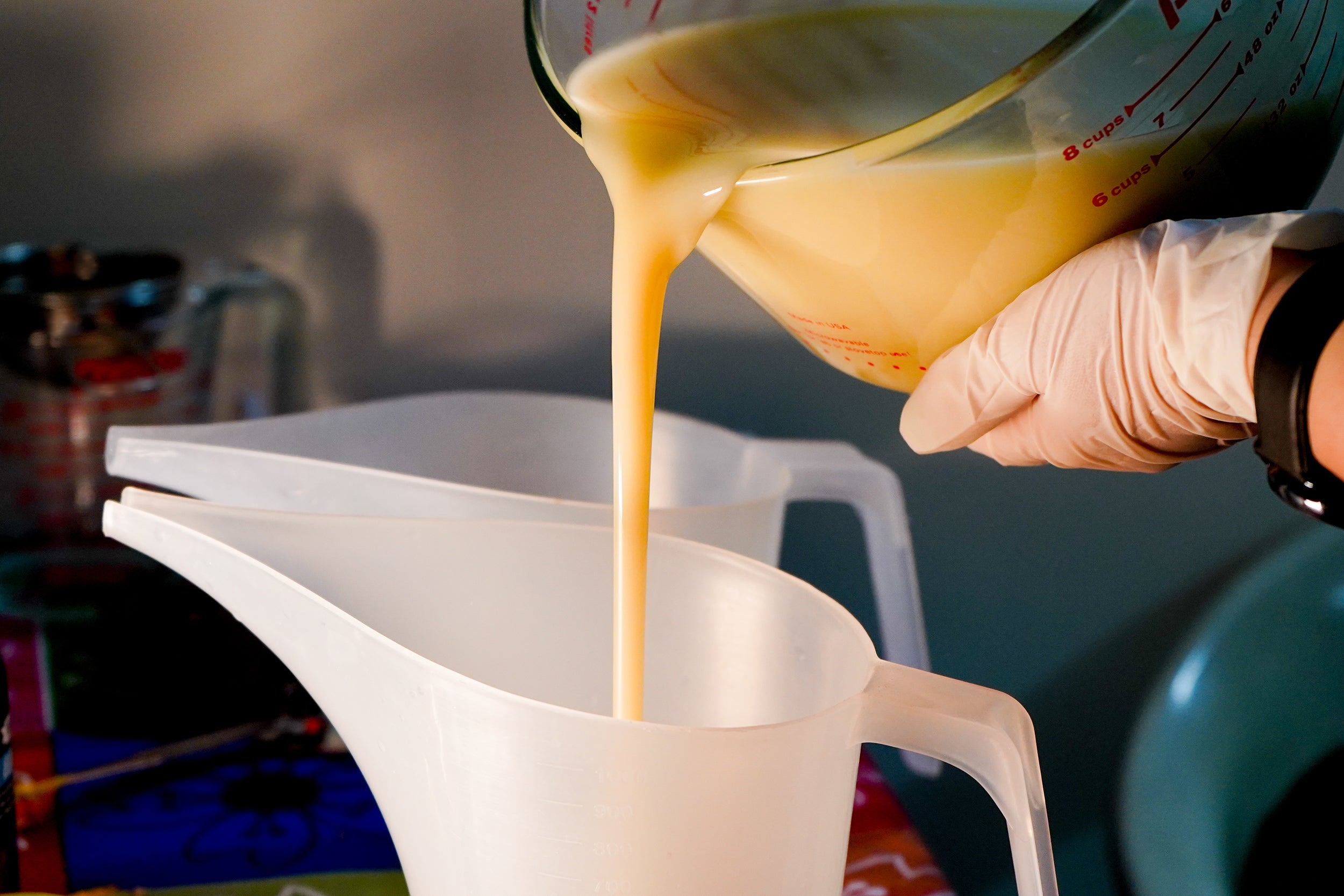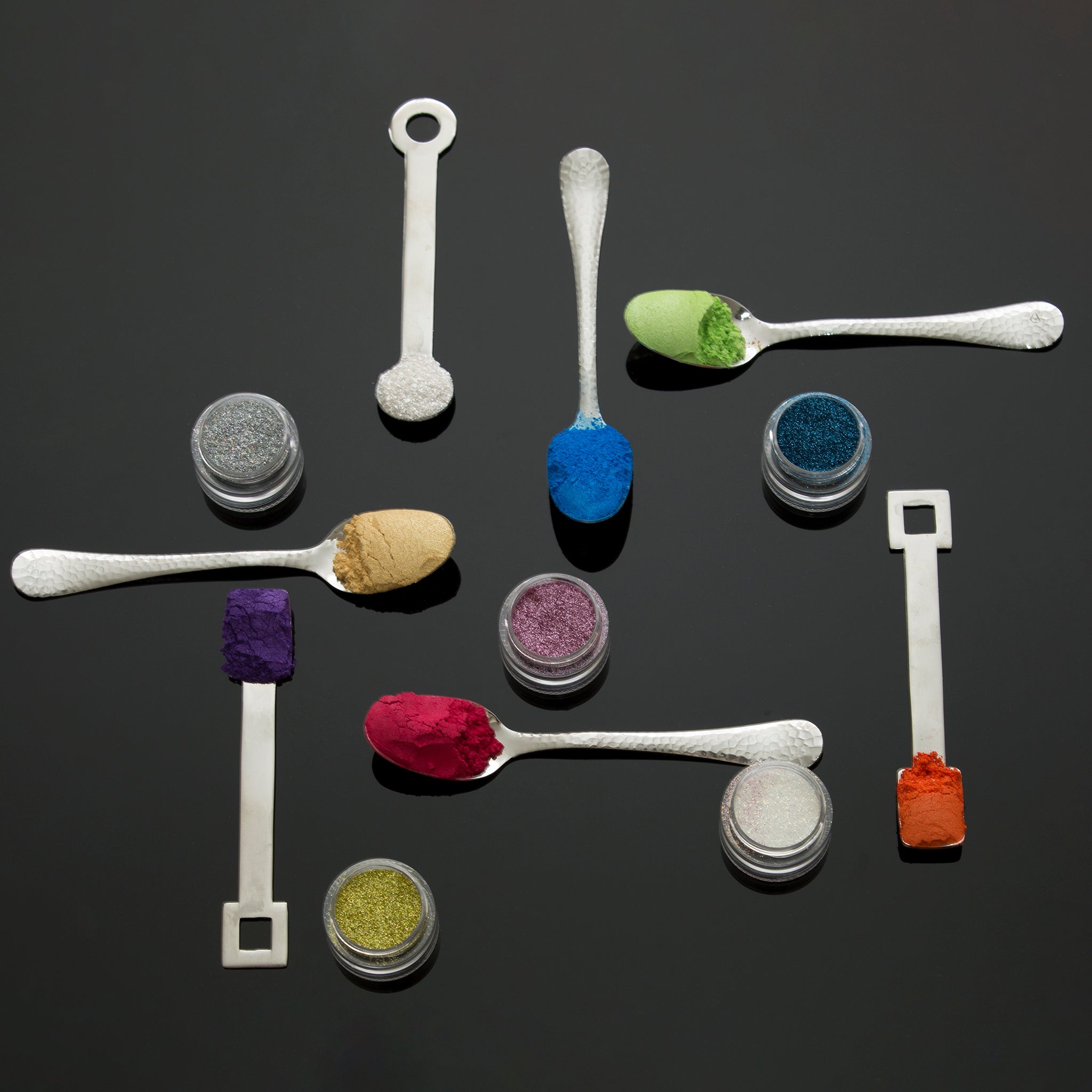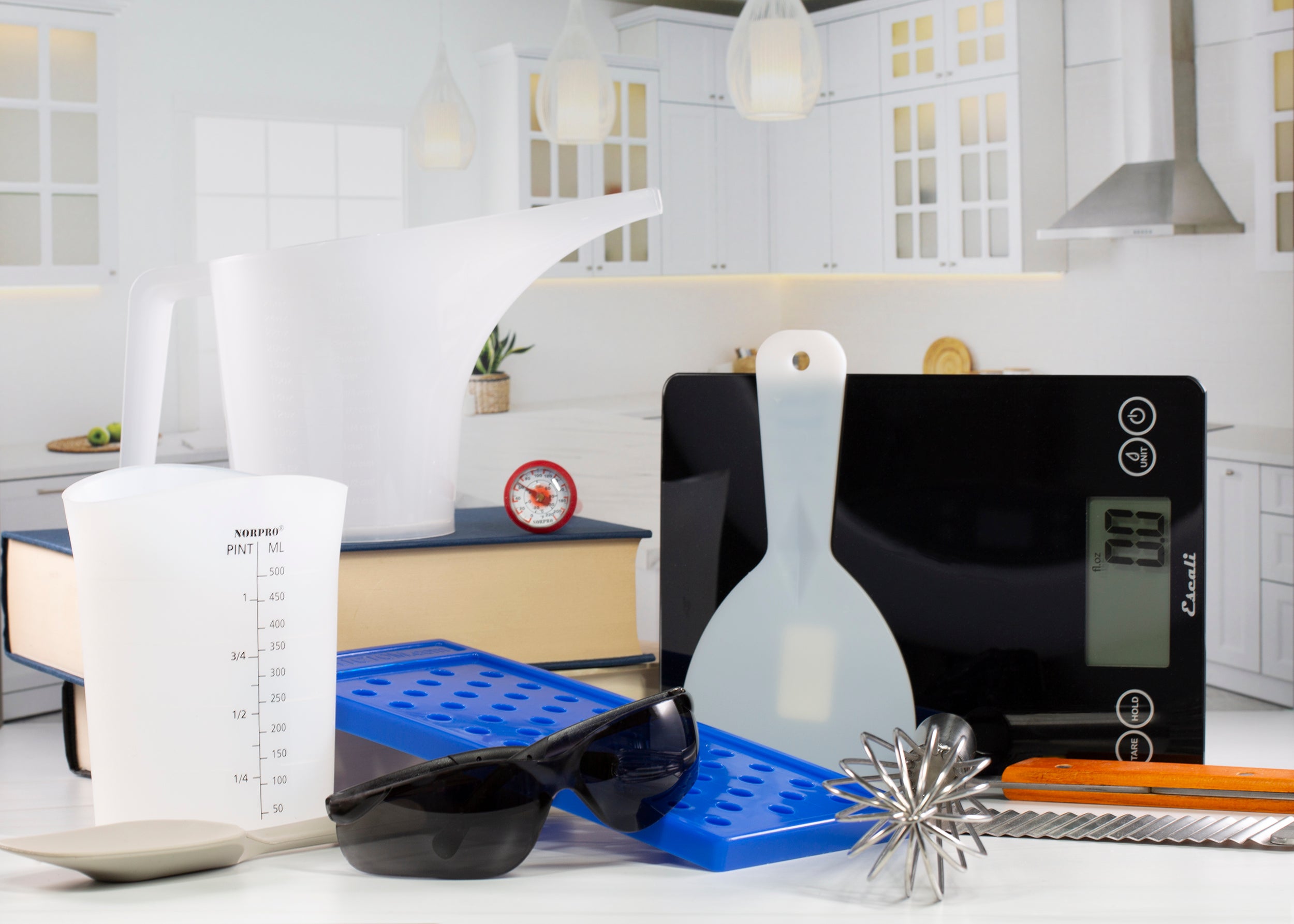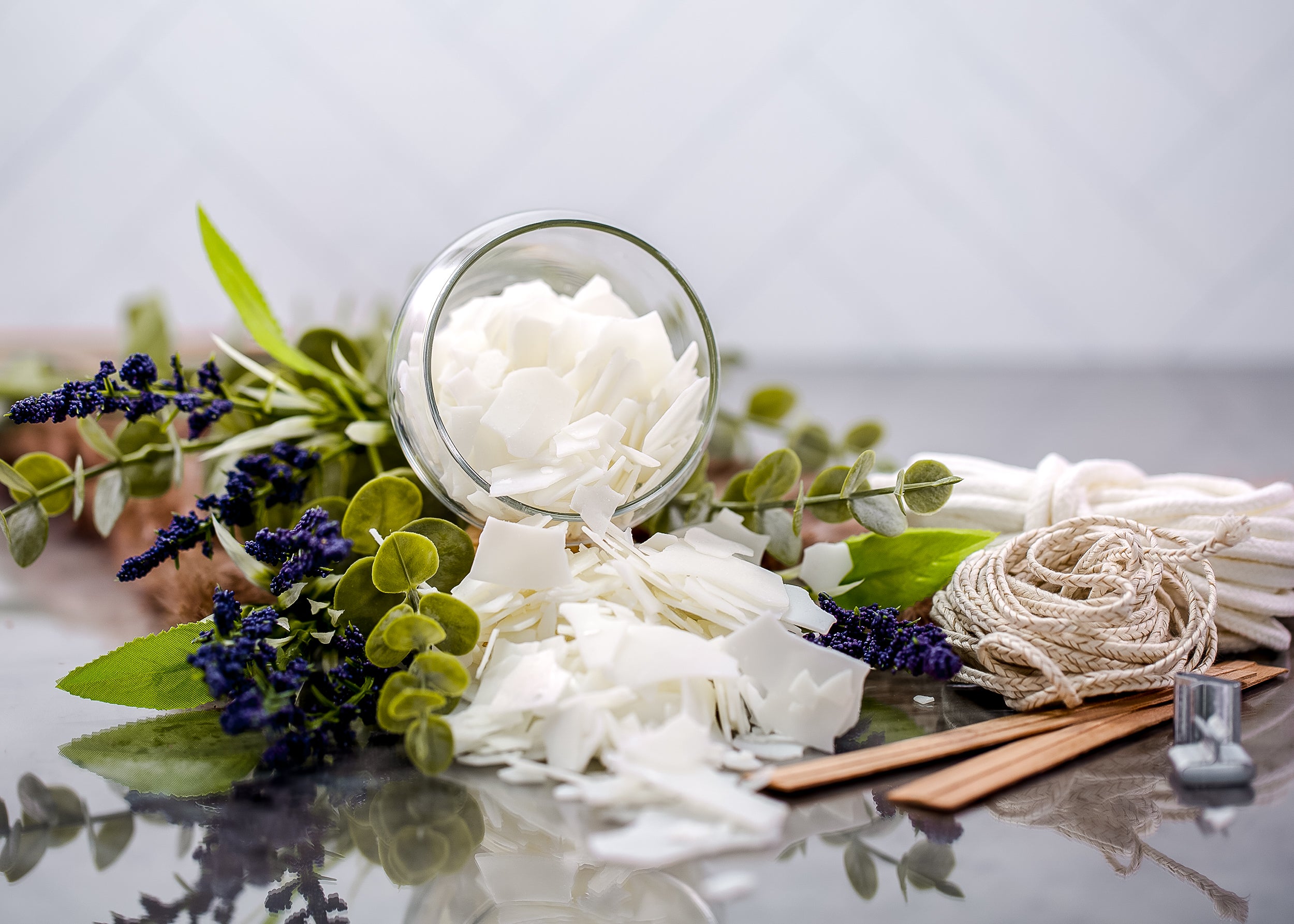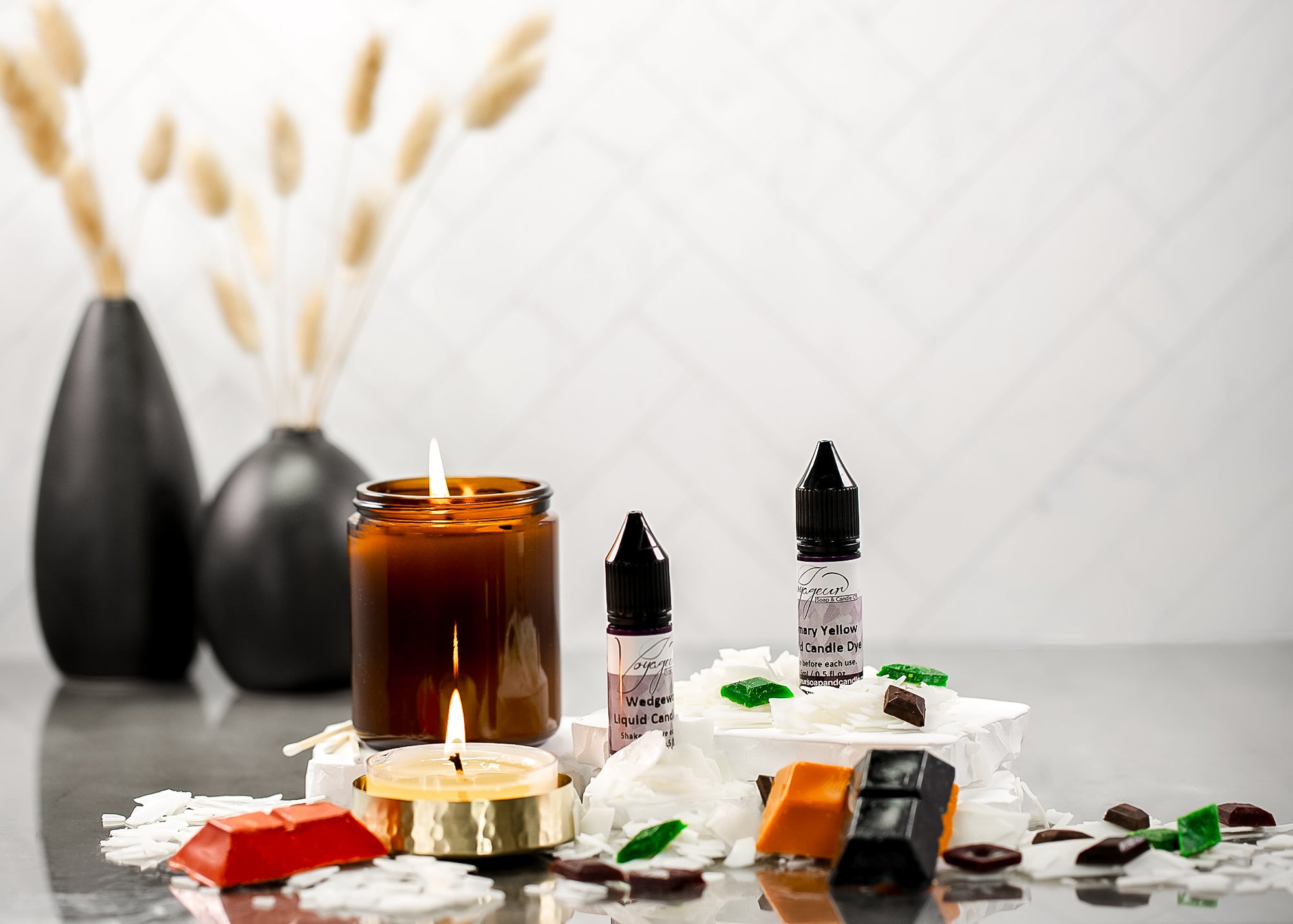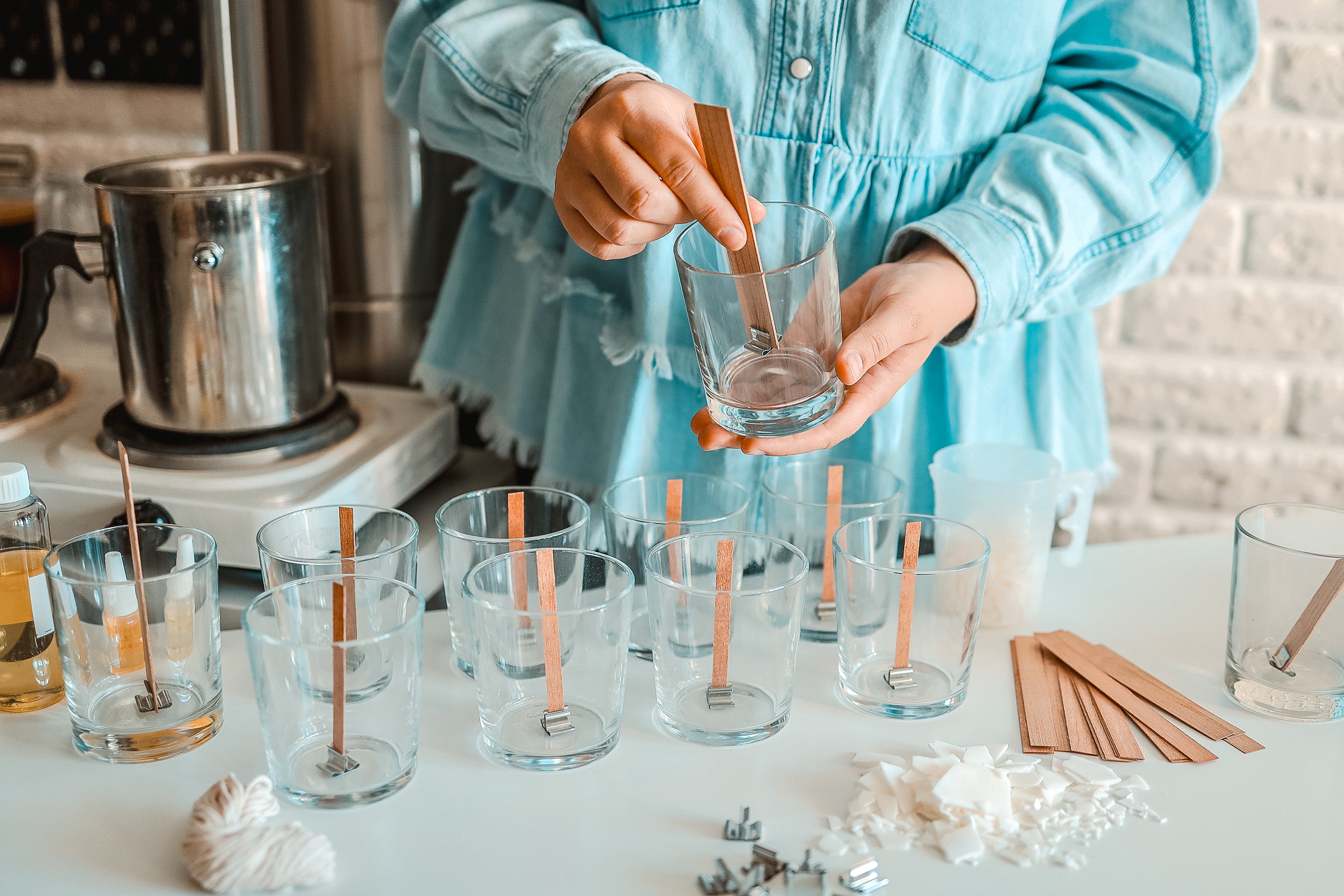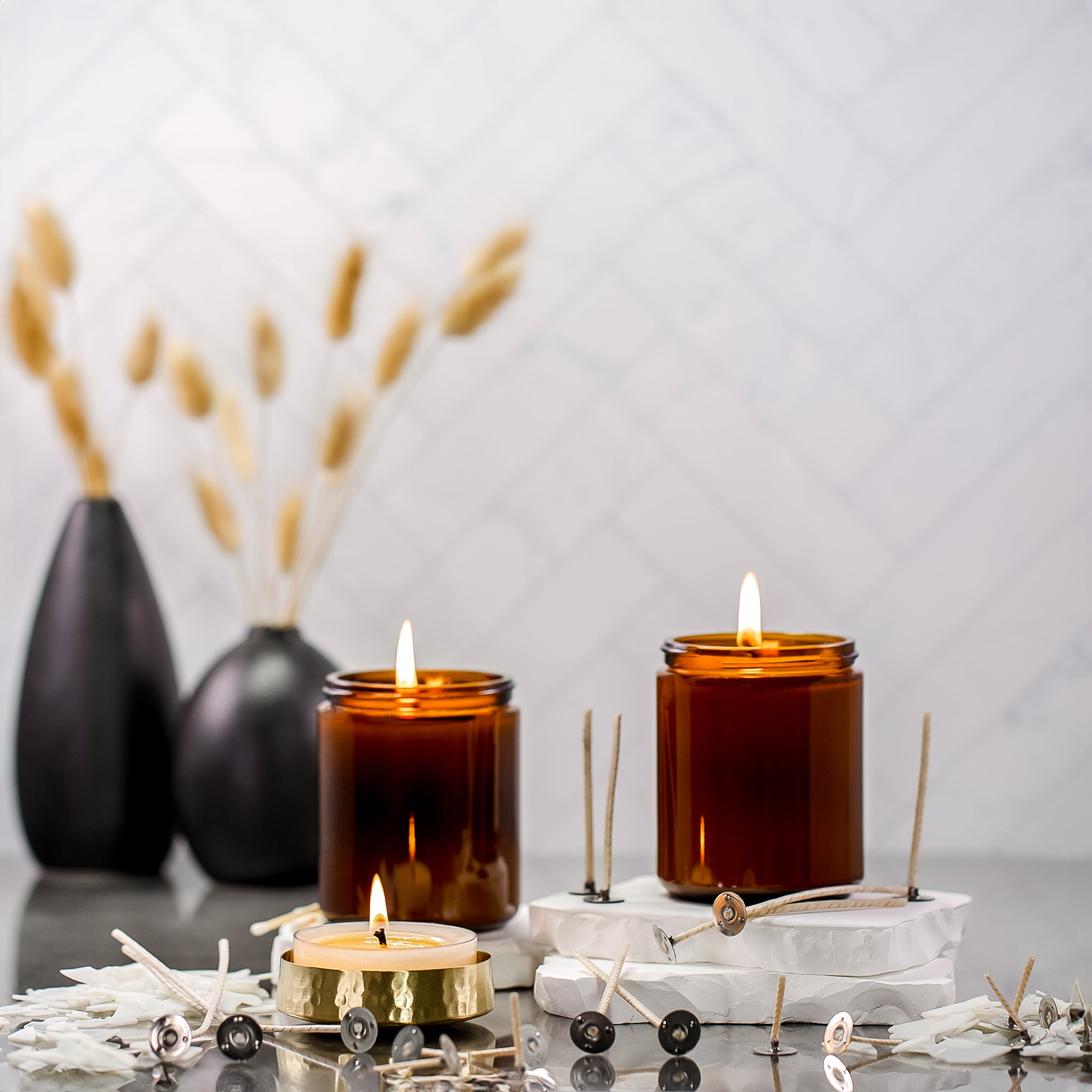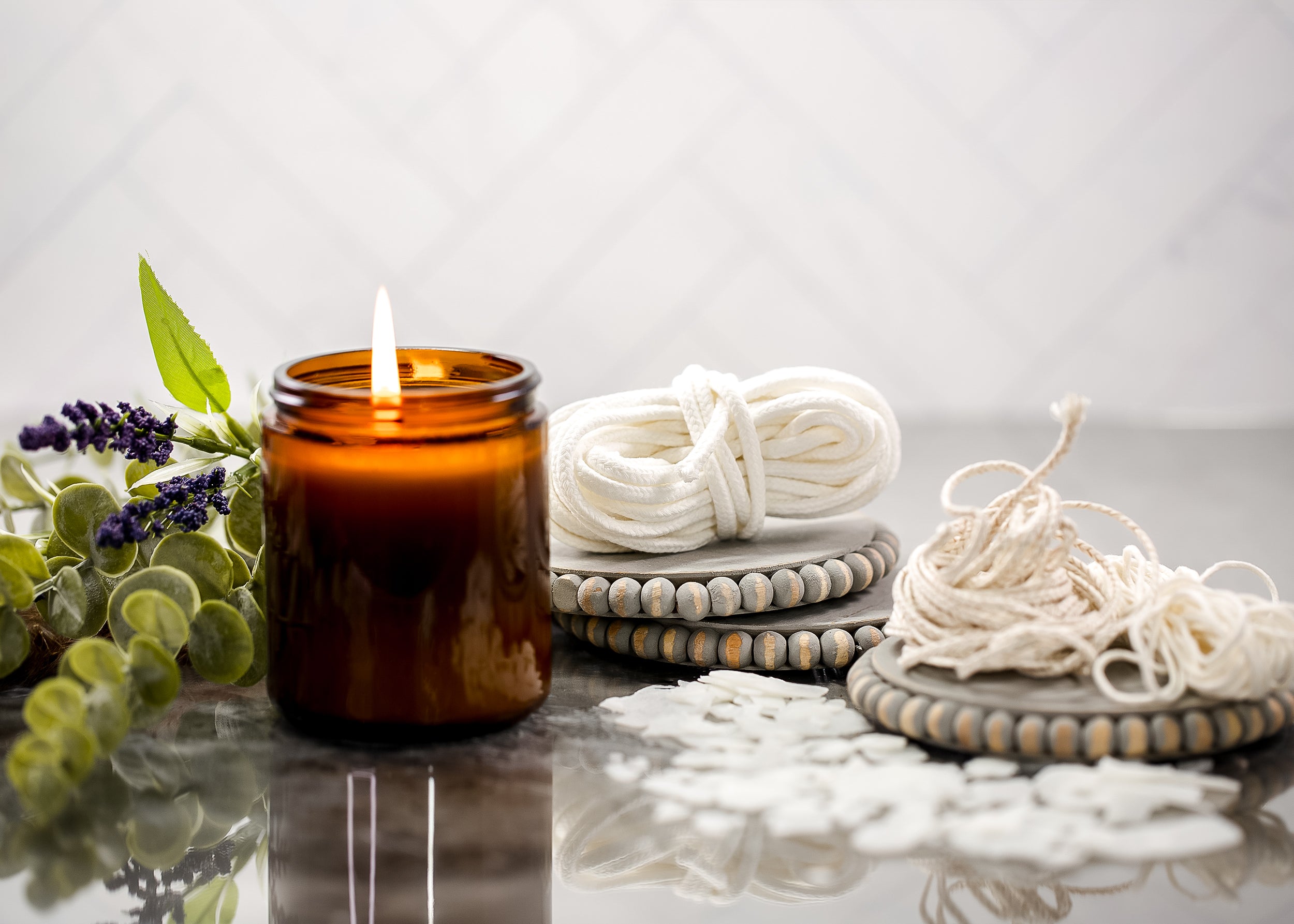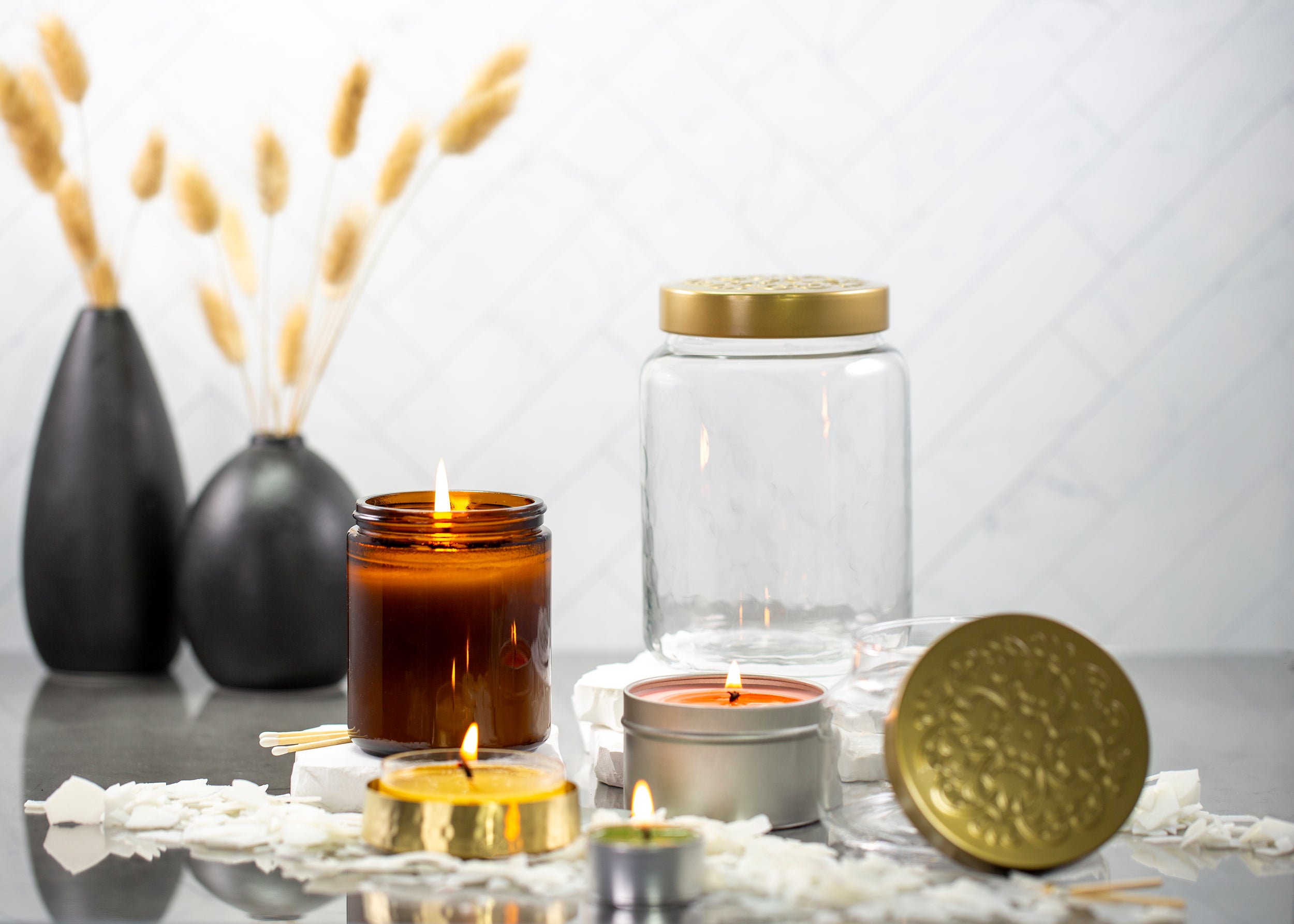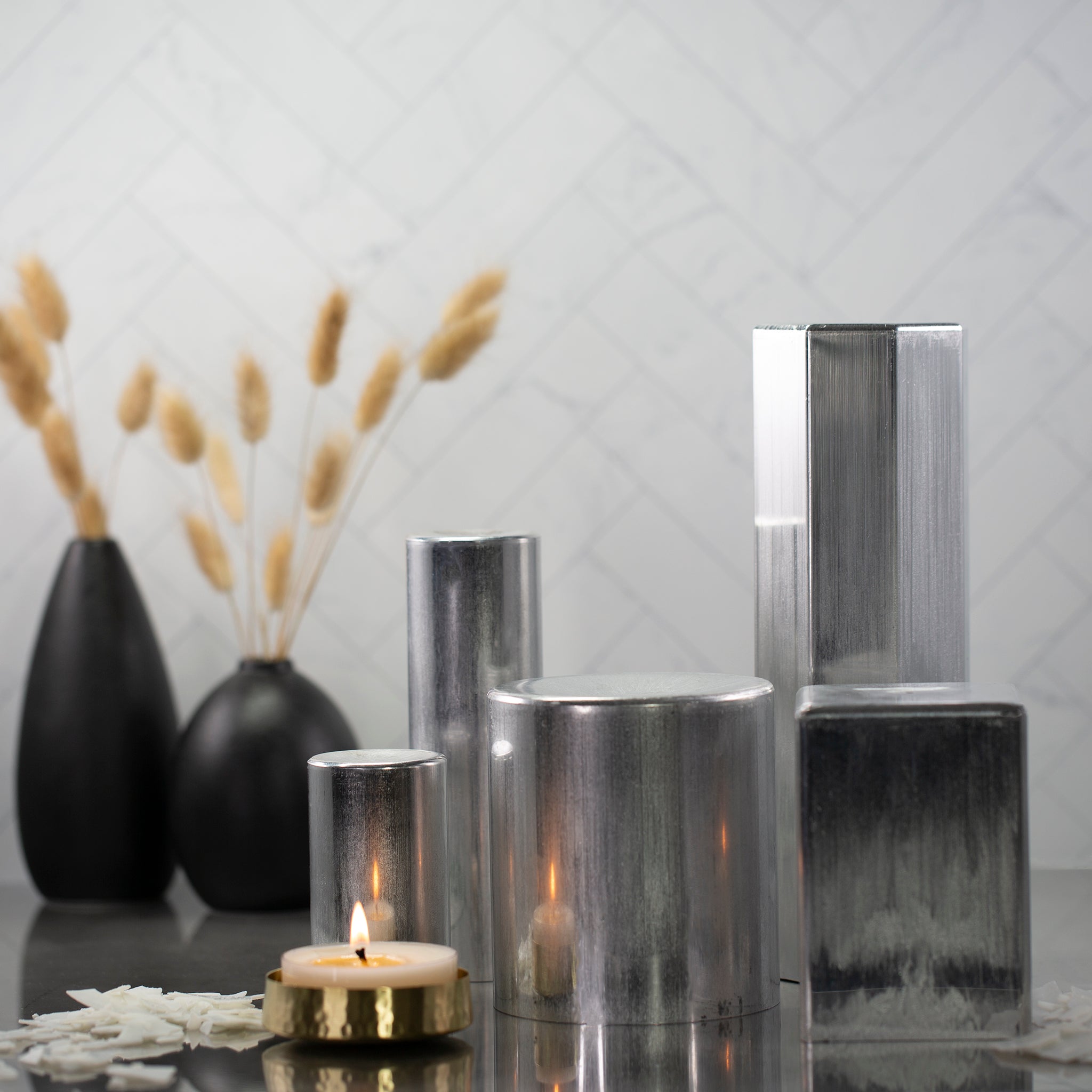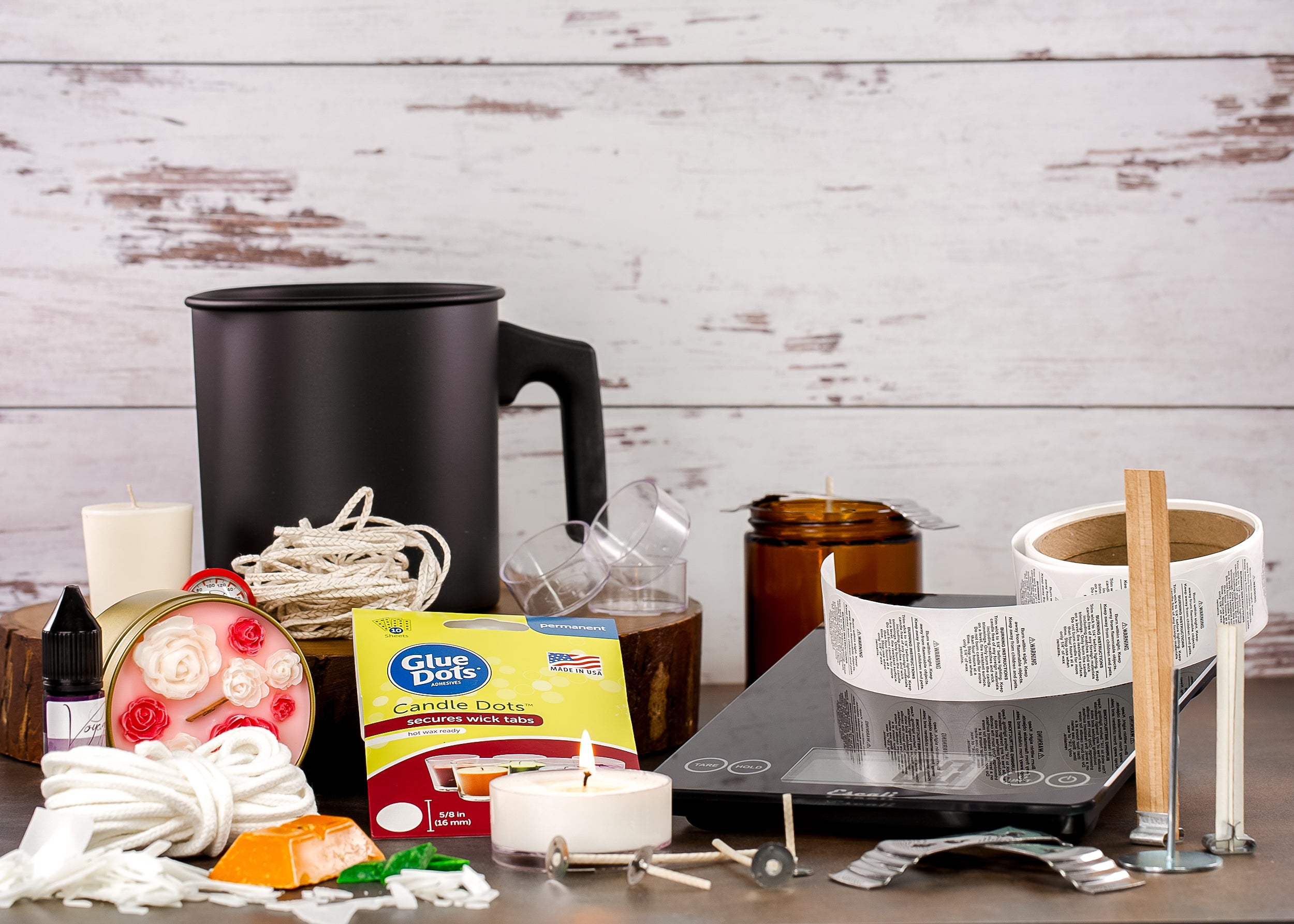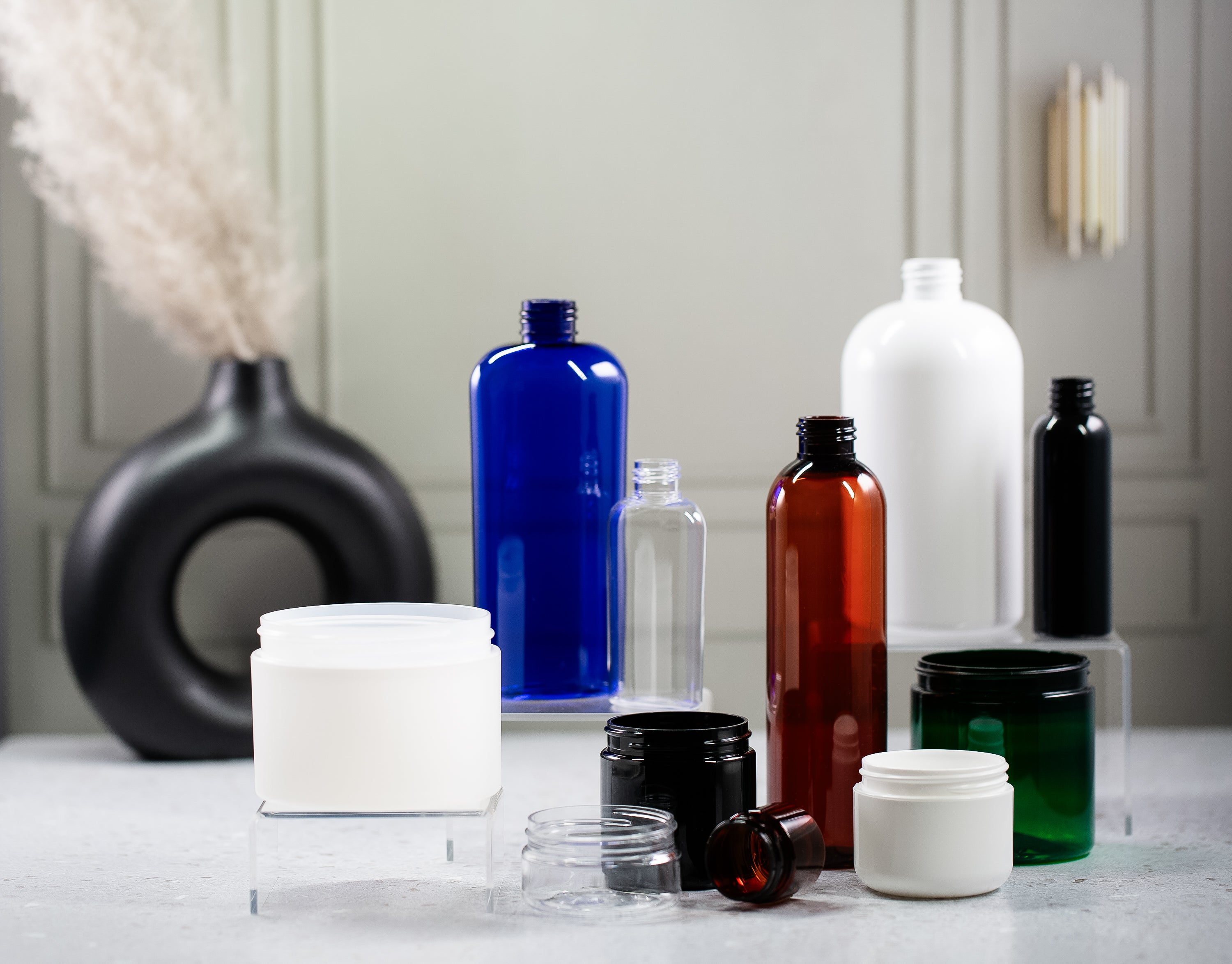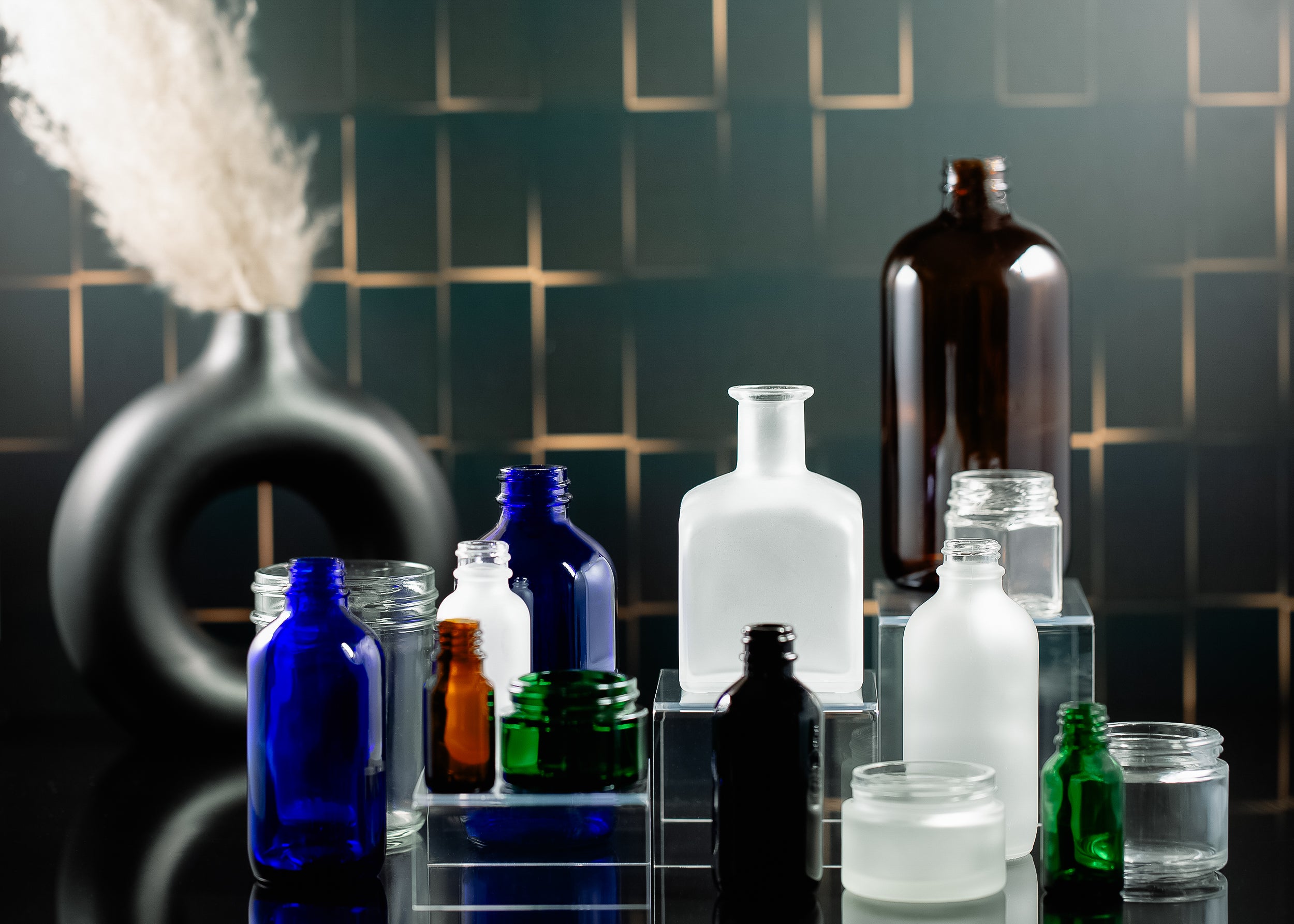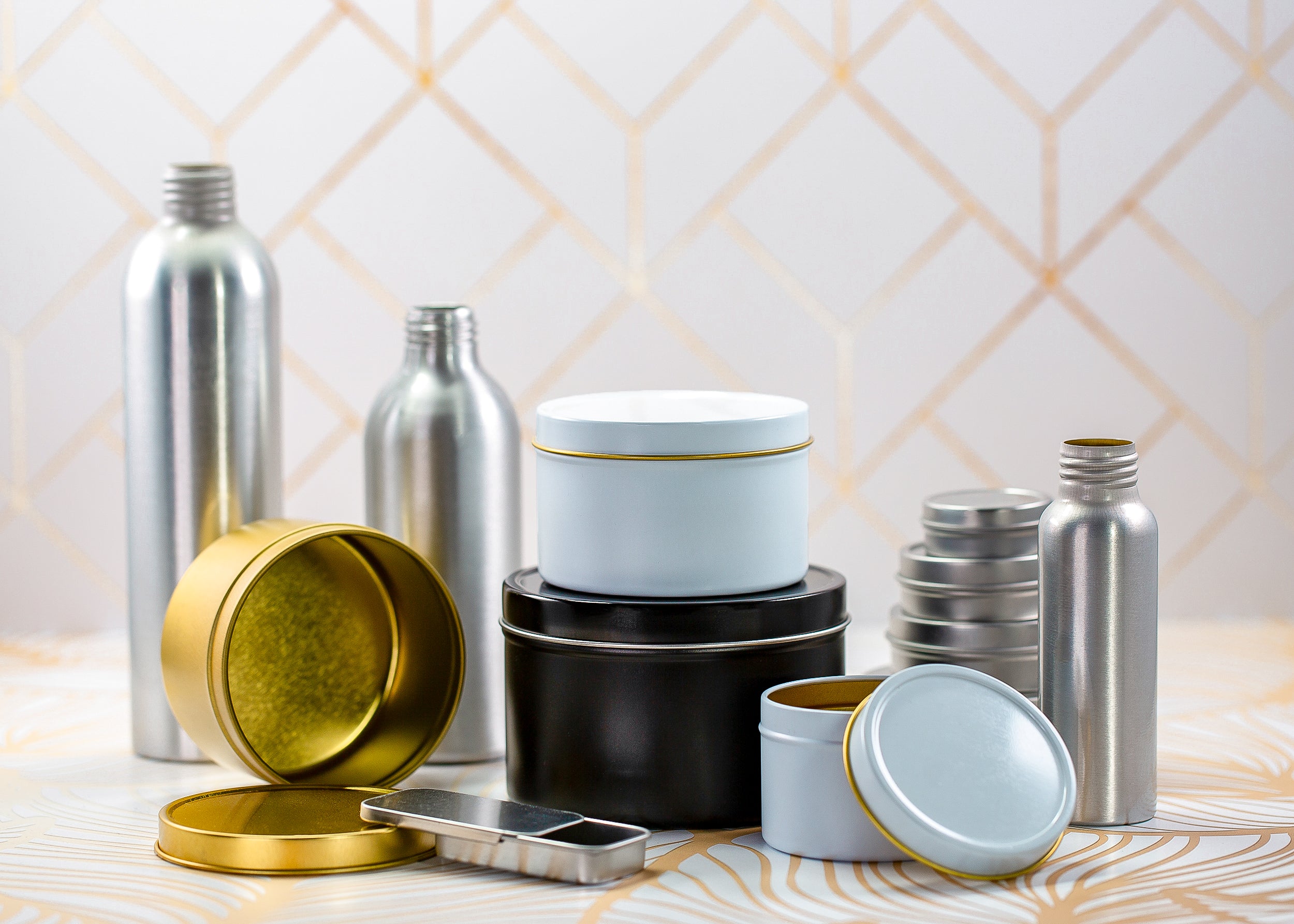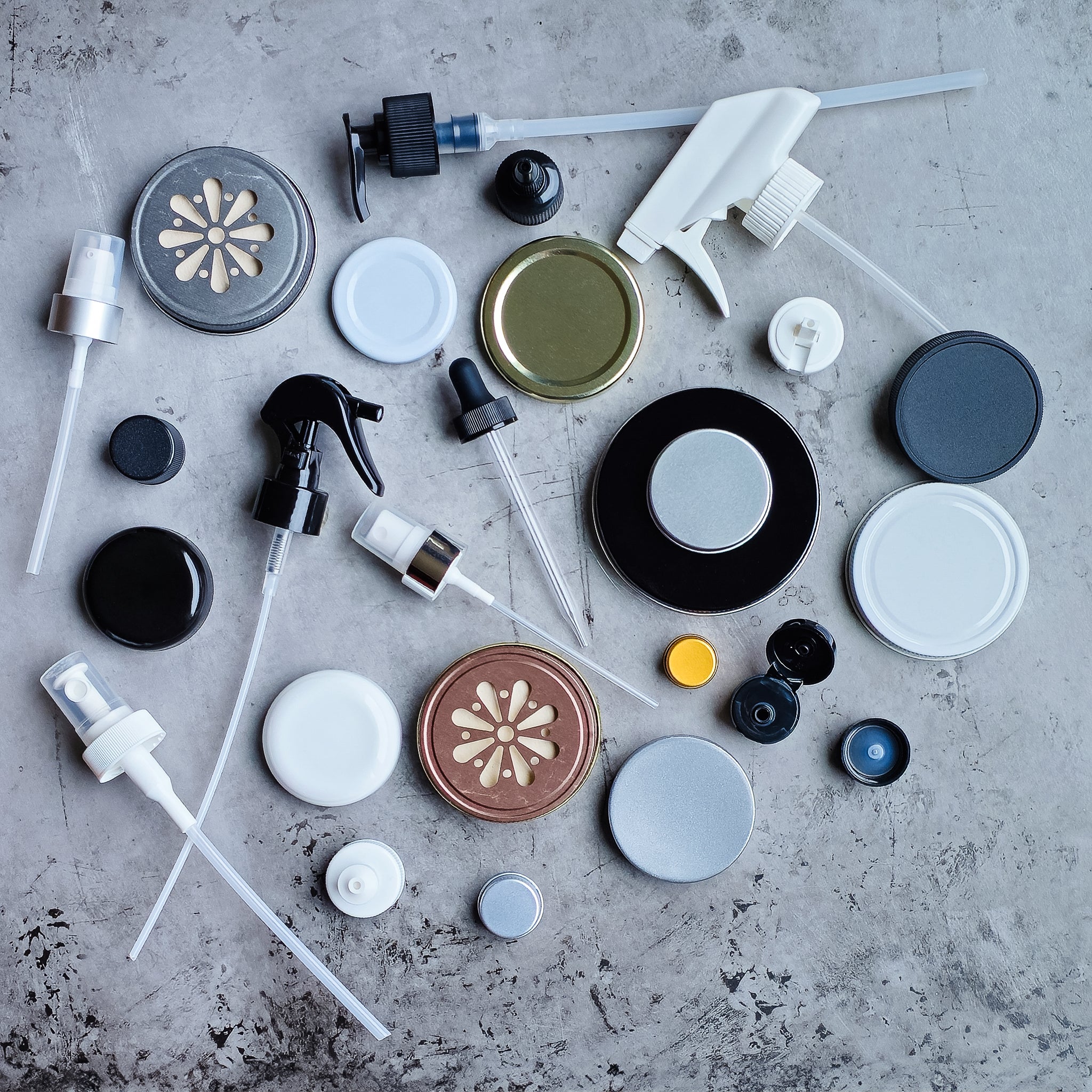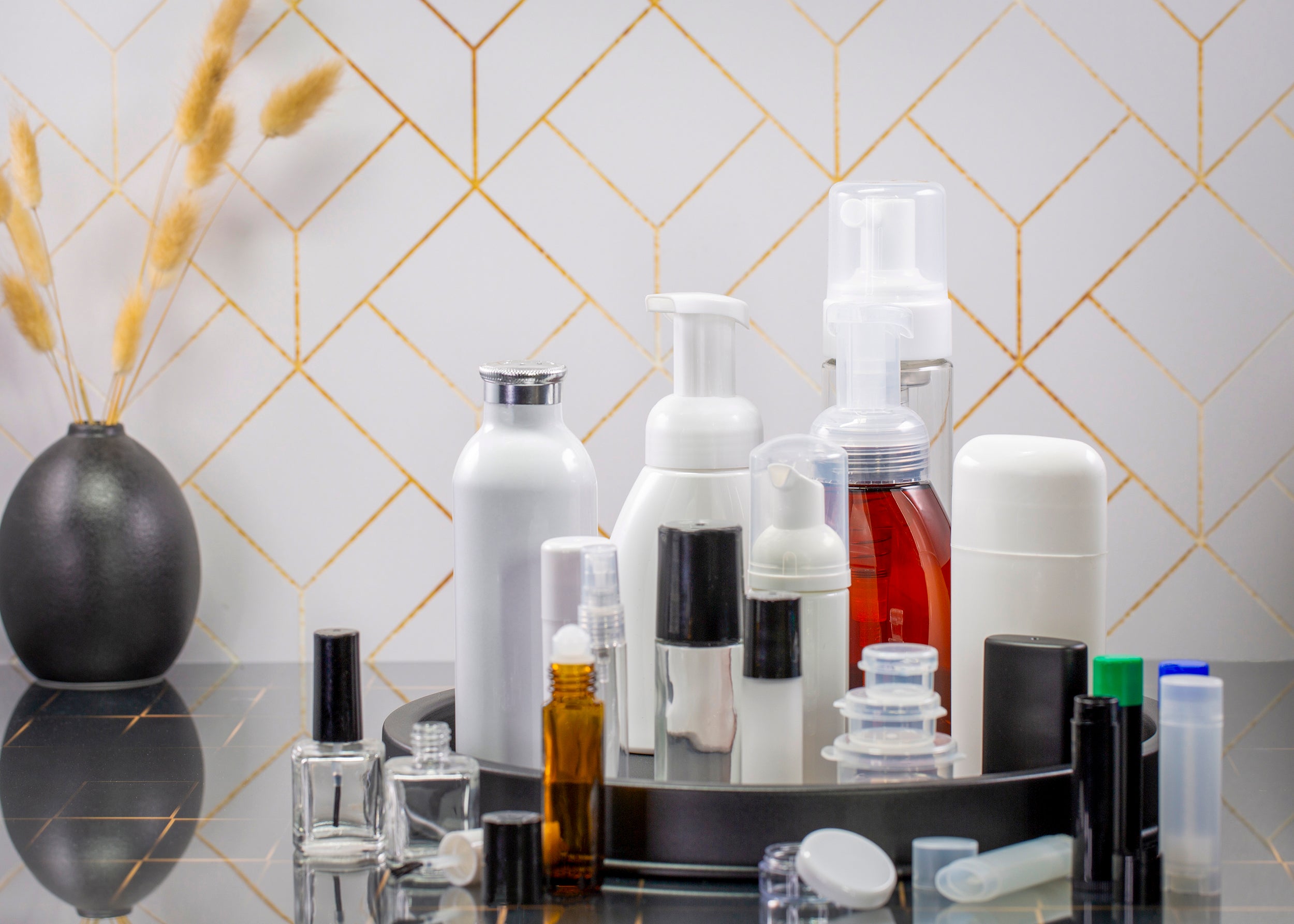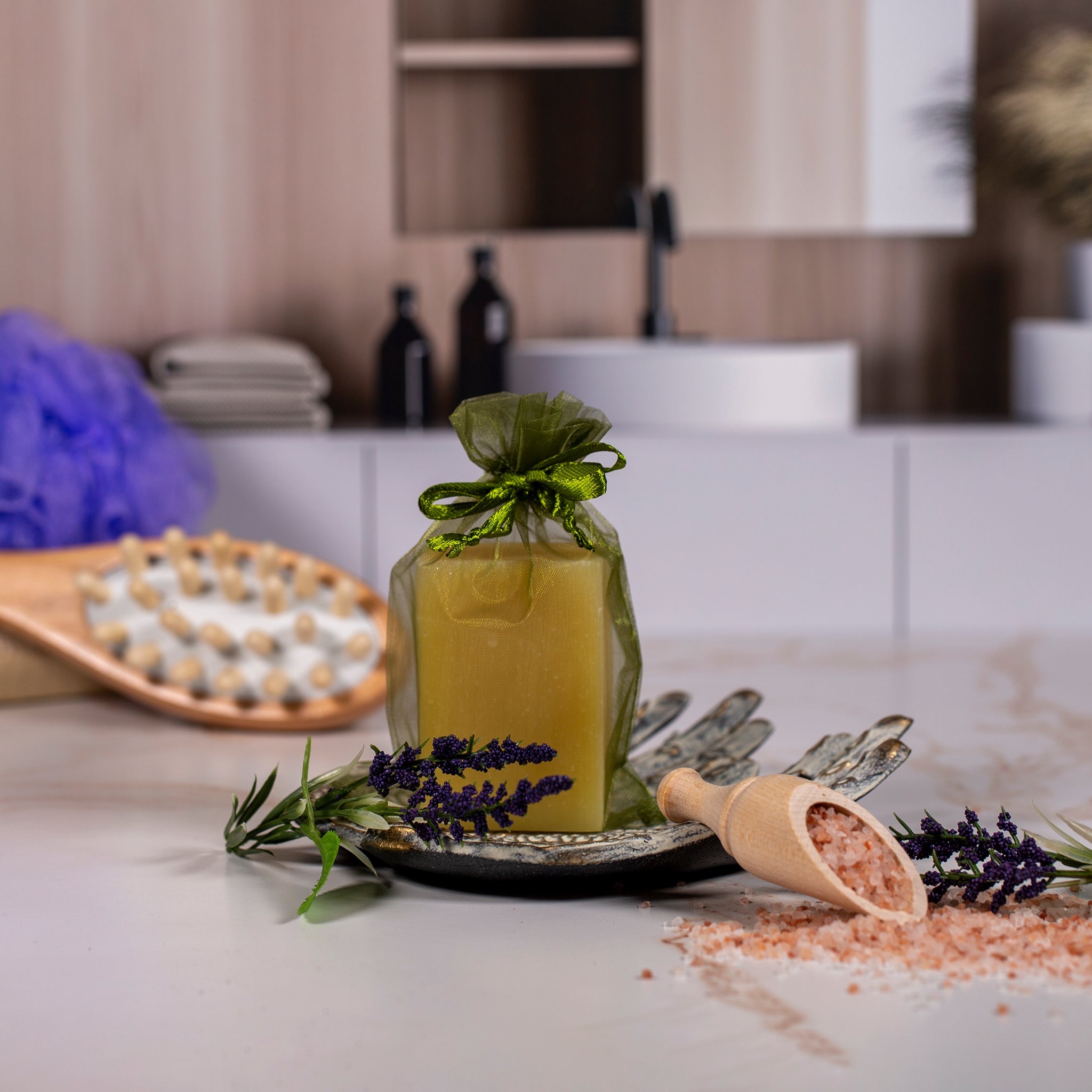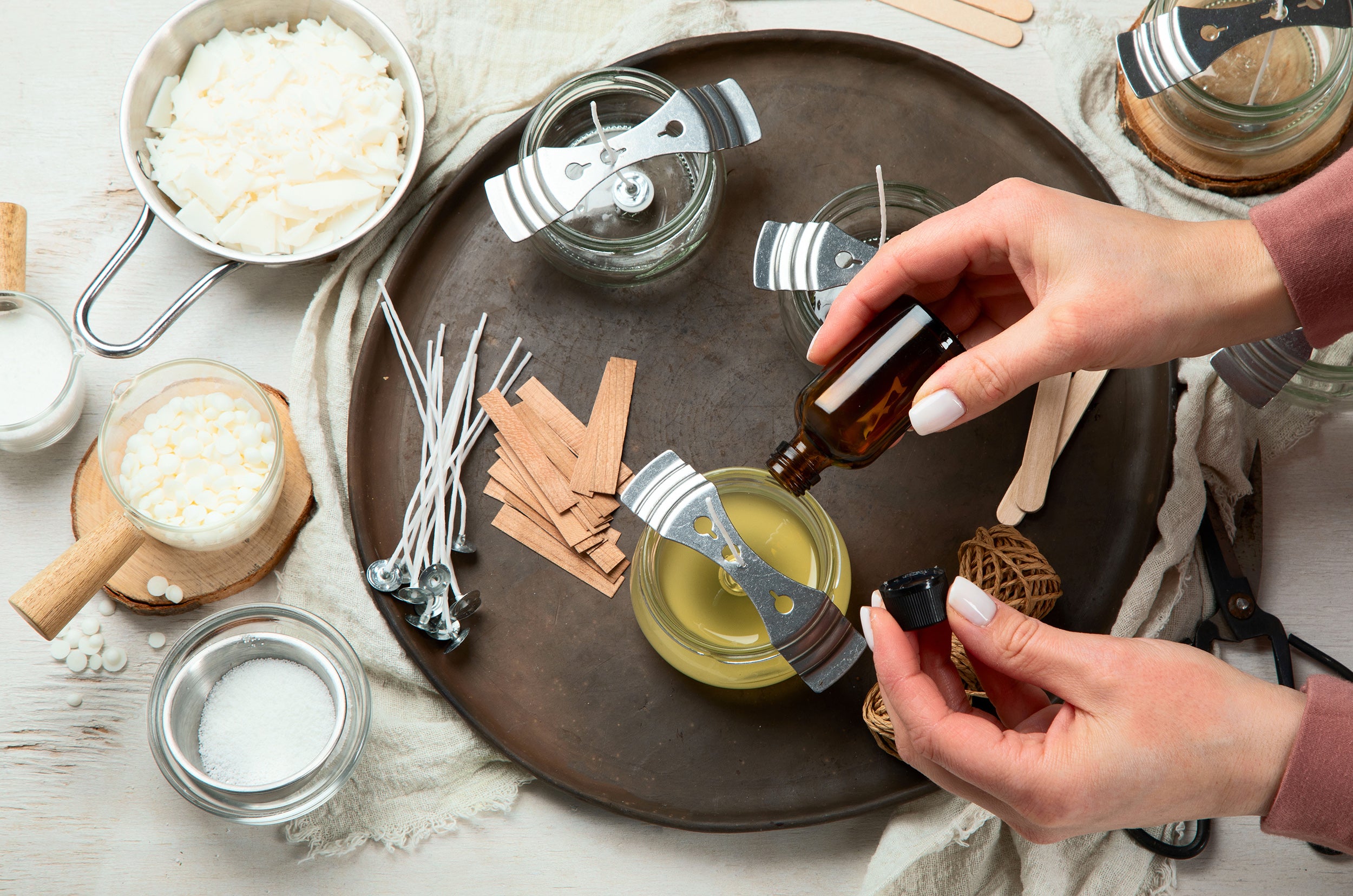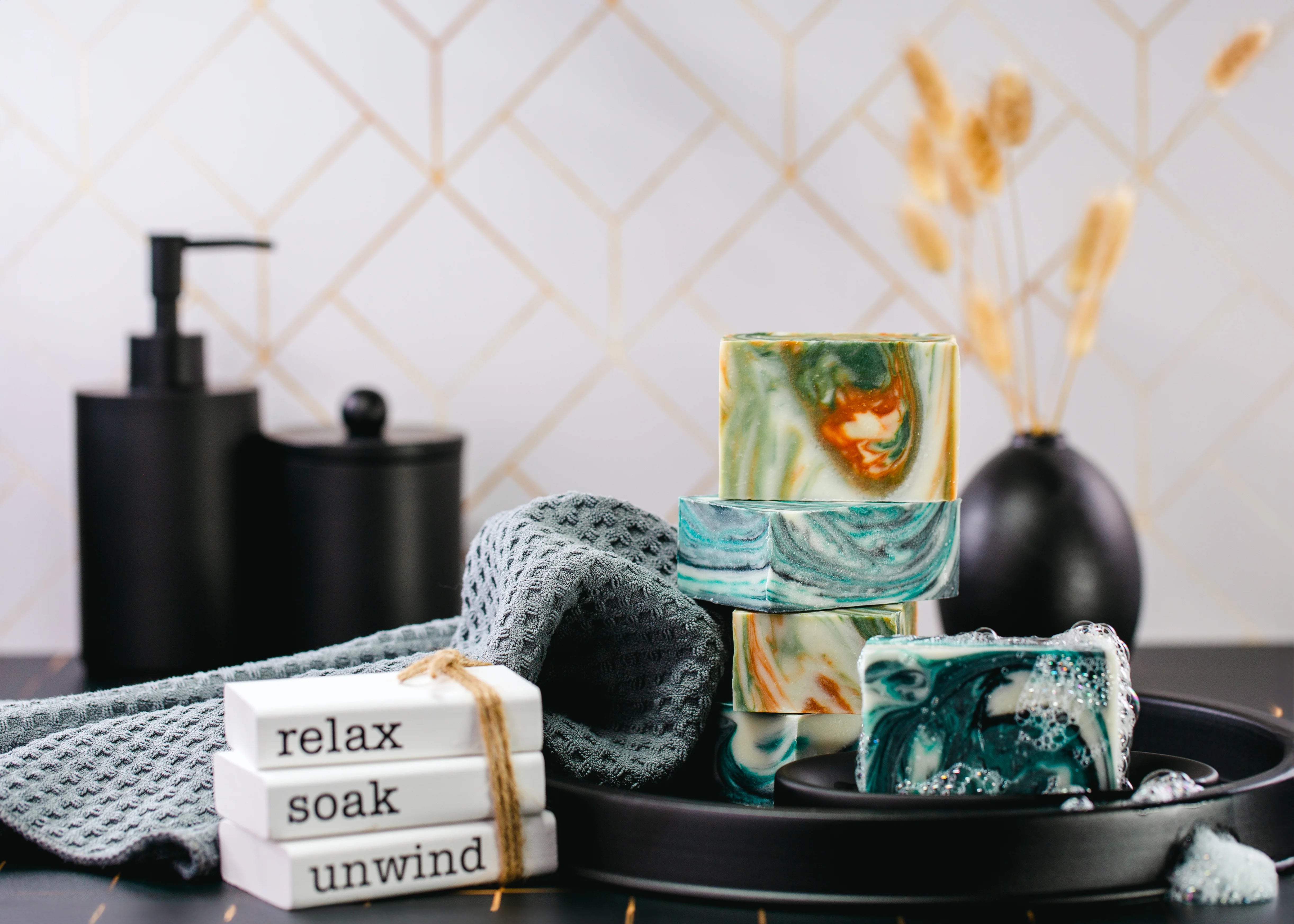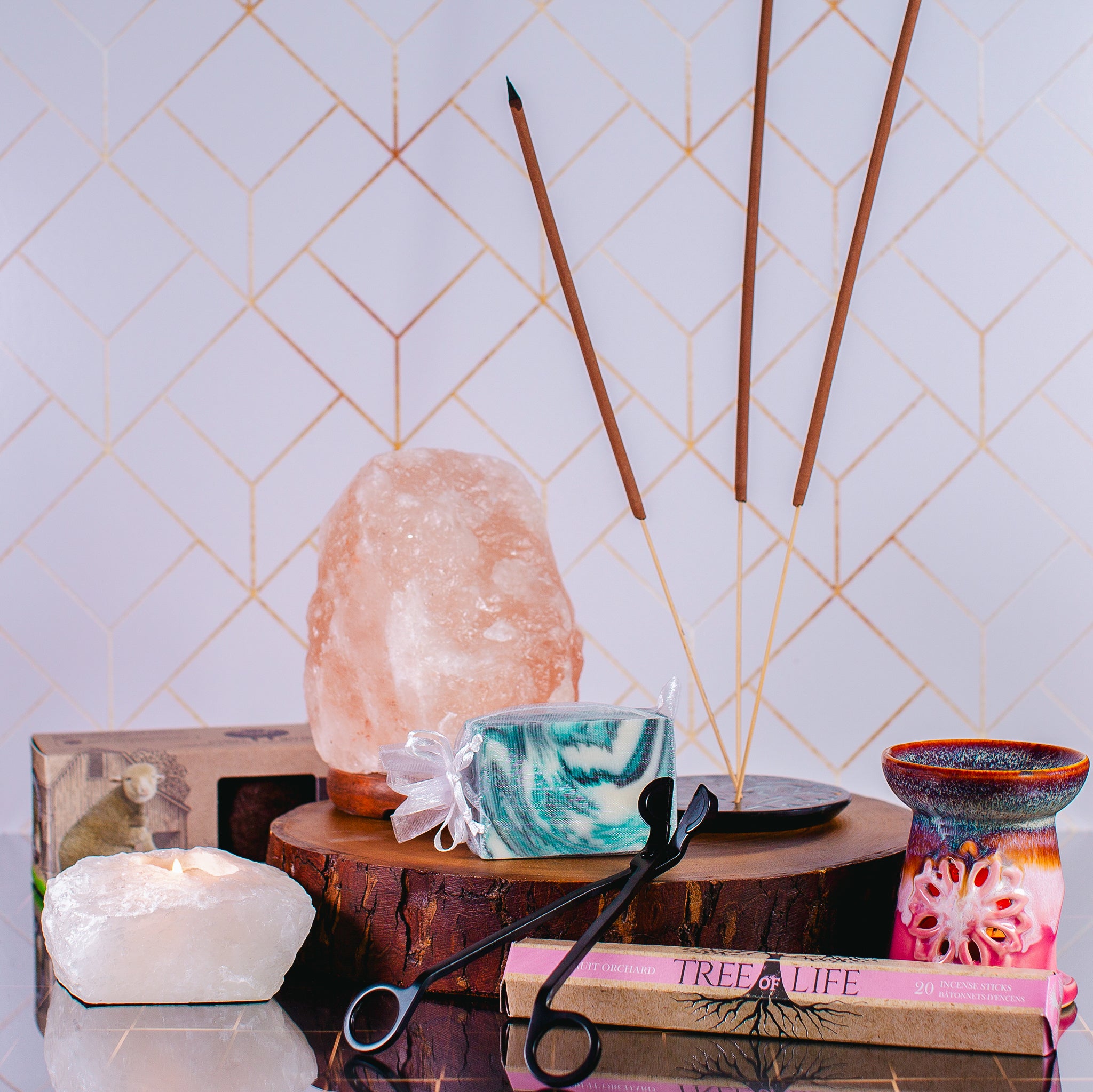Using Plastic Soap Molds
We have an extensive selection of plastic molds in an amazing variety of shapes and sizes - some in classy, traditional shapes, and others with beautiful decorative detail - a great way to instantly give your soaps a unique look and feel.
We'd like to share our experience and information about using and caring for plastic soap molds so that you can get the best possible use out of them for many years to come

Tips:
- After your soap comes to trace, pour your soap into each cavity of the mold and tap gently to release any air bubbles.
- Cover the filled molds with a piece of cardboard or with brown freezer paper, and then cover with a towel or blanket to retain the heat in the soap mixture.
- Leave undisturbed for 24 to 48 hours. During this period saponification (the process of becoming soap) is completed.
- After your soaps have been in the molds for 24 to 48 hours it is time to remove them from their molds. Simply turn the molds over and tap lightly on the bottom. Do not flex your molds too hard.
- If soaps do not release, place them in the freezer for about half an hour, remove and let sit for 5 minutes and they should come out easily.
- When making a soft or super-fatted soap, or when using molds that have already been used frequently, it is helpful to grease the mold before pouring in your soap. Any light oil will suffice.
Avoid warping:
- Plastic molds can tolerate temperatures of up to 135 to 145 degrees F.
- If you’re concerned about warping your plastic molds with a hot-temperature pour, set the mold in a shallow coldwater bath while pouring.
- Do not place in the dishwasher, as the high temperatures may warp the plastic.
- Use warm tap water to remove any leftover soap residue.




